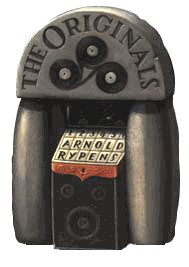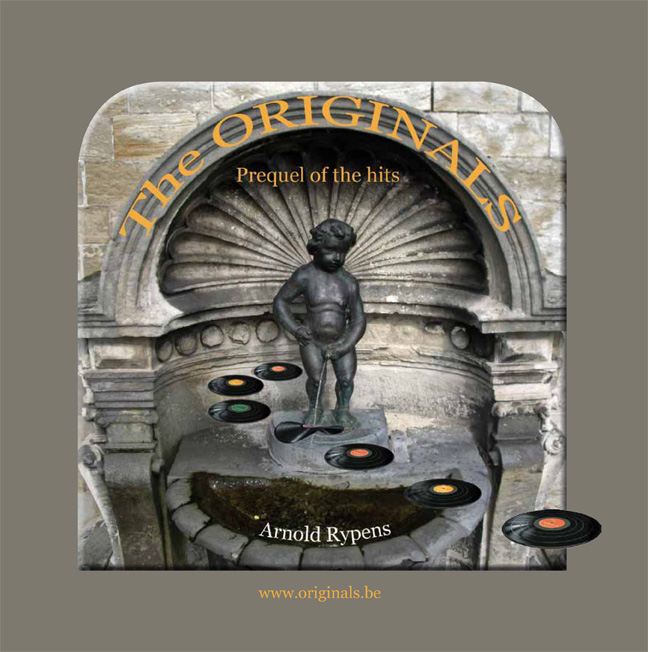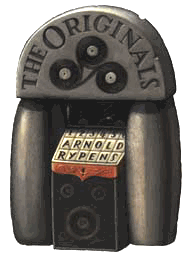RHAPSODY IN BLUE
 Artist: George Gershwin & The Paul Whiteman Orch.
Artist: George Gershwin & The Paul Whiteman Orch.
Author: George Gershwin/Ferde Grofé
Label: Victor
Year: 1924
Created at the New York Aeolian Hall, inspired by Paul Whiteman. Piano part written by George Gershwin, arranged by Ferde Grofé, who worked for Whiteman. This evening was attended by Leopold Stokowski, Jascha Heifetz, Fritz Kreisler and Sergei Rachmaninov, unanimously delighted.
Covers:
- 1943:
- 1945:
Oscar Levant & Paul Whiteman [in film Rhapsody In Blue]
- 1963:
- 1969:
- 1973:
- 1977:
- 1984:
- 1994:
- 2010:
- 2024:
Bela Fleck [as Rhapsody In Blue(grass), title track lp]
What set George Gershwin apart from other Tin Pan Alley songwriters: he wasn't restricted by the three minute song structure or the laws of the musical theatre. With longer musical compositions, he openly entered and embraced serious territory. His concertos, suites, ouvertures, preludes and rhapsodies could easily match those of Charles Ives or Aaron Copland. His first step in the serious world was a benchmark for American symphonic music in general: his Rhapsody In Blue ranks among the masterpieces of 20th century music, period. Written in three weeks time in 1924 in response to a Paul Whiteman initiative. This popular bandleader, self-proclaimed King of Jazz, made an appeal to mix jazz with symphonic elements, to write jazz pieces for huge orchestras, to create an American classical catalogue. Gershwin's contribution, Rhapsody In Blue, combined European and Jewish harmonics with American rhythms and blue notes. Innovative as it was, there was room to improvise on top. Conductor Whiteman had to wait for pianist Gershwin's sign before launching the orchestra following his solo. Rhapsody In Blue became a legend from the moment it was created in April 1924, with George Gershwin on piano. From the first tones anyone knew something special was taking place: for the first time the daring clarinet glissando set the elegant piece going.
According to Duke Ellington, another major adept of the whole symphonic jazz link, Rhapsody In Blue was tributary to negro song Where Has My Easy Rider Gone.



